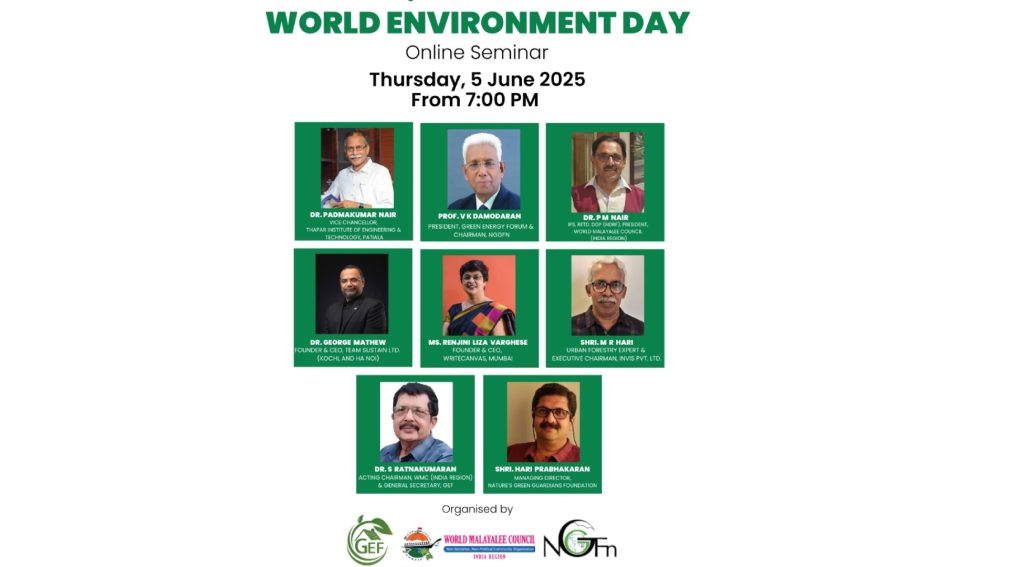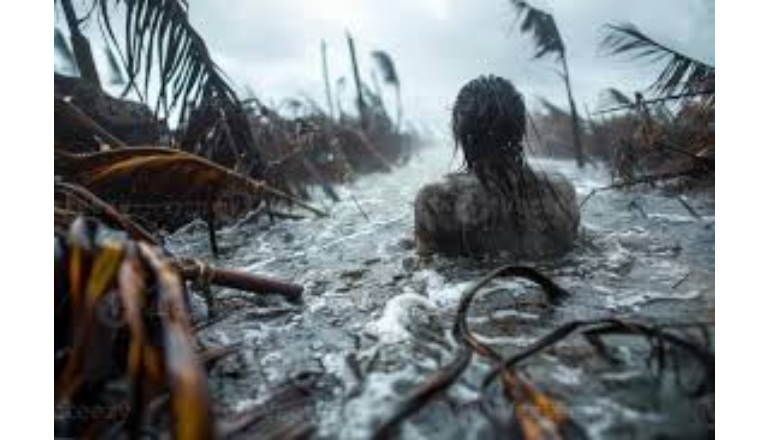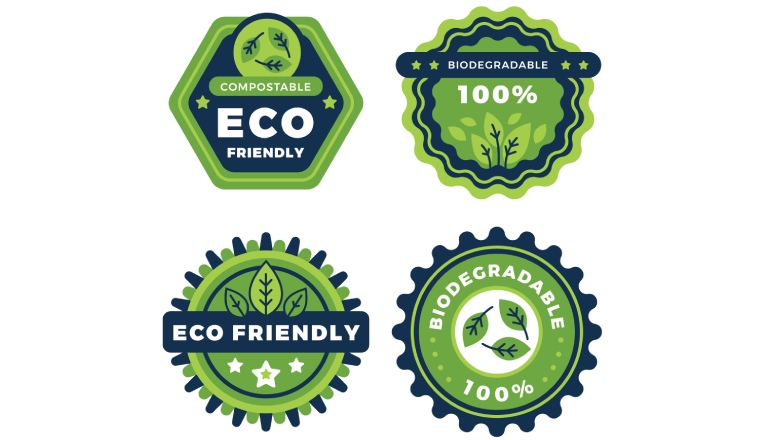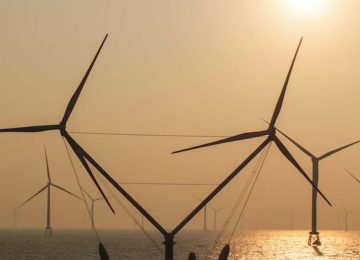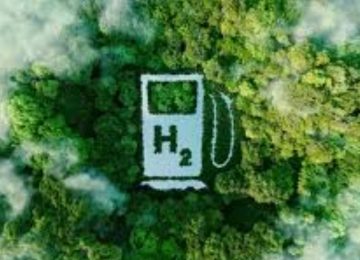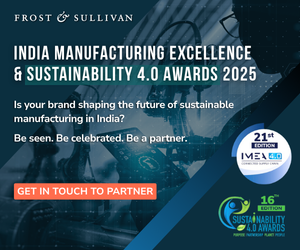It is monsoon season, and floating plastic has become a common sight for most of us. Whether it’s a small drain, a river, or a beach, plastic infests these waterways.
Have you ever thought about where this is coming from? The single-use plastics and PET bottles are thrown around without any qualms by you and me. We lament flooding; we lament polluted water bodies. But we continue to use and throw plastics at our whim.
The world consumes 516 million tons of plastics every year. This number is projected to double by 2040. Of the plastic produced, only 6% is recycled. 11 million tons ends up in the sea. India is considered one of the largest plastic polluters in the world. 43% of plastic ends up as litter, and 57% is being burned, which is more harmful for humans.
On June 5th, World Environment Day, I had the good fortune of sharing the dais with some of the finest minds who are working relentlessly in the field of sustainability.
The Green Energy Forum, along with the World Malayalee Council (India Region) and Nature’s Green Guardians Foundation, had organized a webinar on the theme ‘Ending Plastic Pollution Globally.‘ This topic aligns with the UN-prescribed theme for 2025
This is not the first time that the UN is focusing on plastic on Environment Day. In 2018 it selected Beat Plastic Pollution, and in 2023, Solution to Plastic Pollution as themes. The menace of plastic has grown to the level that, if not addressed, it will create irrevocable damage to mankind and its existence.
Speakers call out plastic menace in World Environment Day webinar:
Completely removing plastic isn’t feasible. Specialized forms like engineered plastics, industrial plastics, and those used in the medical field will remain essential, and these types are often more amenable to recycling and reuse.
Prof. VK Damodaran, the moderator, opened the panel discussion by touching upon the menace of plastic pollution and ignorance of the long-lasting effect of plastic on mankind and biodiversity.
The first speaker, Dr. PM Nair, president of the World Malayalee Council (India Region), highlighted the recent death of an elephant in Kerala, revealing a stomach filled with plastic. This incident, where a postmortem uncovered “about 16 or 26 kilos of plastic” in the animal’s stomach, is a grim reminder of a crisis that extends far beyond wildlife, impacting human health and the environment on a global scale.
Dr. Nair asked, “How many more elephants have to die like this to wake our conscience?” How can we be so silent about such serious problems affecting all of us, affecting all of us?
He extended the discussion beyond wildlife, highlighting the pervasive nature of microplastics in everyday life. “These days, everything is in Rs 5 and Rs 10 sachets. And there is no shelf life to that.” He linked this consumption to growing health concerns, asserting, “Several people die of cancer. There was no family history of cancer, no history of smoking or drinking, and still he died. Has the thought ever crossed anyone, “Plastic is a problem here”? He urged experts to come out with ten actionable points for women and children.
Echoing Dr. Nair’s concerns, Dr. Padmakumar Nair, who teaches sustainable business strategies, spoke about the “ideological and pedagogical challenges” of teaching sustainability. He emphasized that understanding the “science and the knowledge of sustainability” is crucial, especially when discussing “traits that evolved to solve problems in ancestral environments” versus modern-day issues like plastic.
Environmental concerns:
Veteran environmental activist George Mathew, who has been fighting plastic pollution for over 30 years, shared a personal anecdote that ignited his commitment. He recounted discovering a “comfortable difference in taste” in water left in a plastic bottle on a car dashboard. “I prefer to go thirsty, but I don’t drink from a plastic bottle… drinking from a plastic bottle is the most dangerous thing.”
Matthew explained that “nanoplastic contamination and microplastic contamination have actually shed more light on the various cancers.” He clarified that not all plastic is bad, distinguishing between stable “engineered plastic,” like high-density polyethylene (HTP) used in cars, and “single-use plastic,” particularly PET, which is “loosely bound” and “starts decaying from the time it is manufactured,” shedding micro- and nanoplastics and emitting chemicals under heat and UV exposure.
He also urged consumers to “demand the change” by insisting on tap water in restaurants and refusing plastic-bottled beverages, which companies avoid due to lower profitability. Mathew further highlighted the hidden dangers of polyester in clothing, which sheds microplastics into waterways, and the perilous practice of storing water in plastic bottles in refrigerators or heating food in plastic containers in microwaves.
He criticized a CSR initiative making school desks from waste plastic bottles, warning, “It is basically creating cancer among the school children.” So that is what is happening. The fundamentals of science are not understood.”
ESGNews.earth observations:
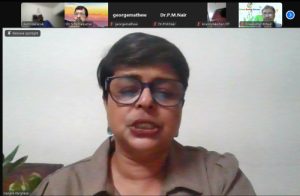
Renjini Liza Varghese, CEO of WriteCanvas and Chief News Editor at ESGNews.earth, emphasizing the theme of this year’s World Environment “Day—”said that “all plastic is not bad and acknowledged the necessity of plastics in fields like medicine. However, she stressed that the focus remains on “the single-use plastic that all of us use and, you know, throw around.”
She underscored the inseparable link between plastic pollution and marine life, noting how litter is “washed into water bodies.” Studies confirm microplastics in marine life, and “plastic rocks” have even been found on Andaman beaches.
“The latest study shows that we consume around 5 grams of plastic every week. All human beings are consumers of nanoplastic because it is a part of everything you handle,” she averred.
For solutions, Varghese echoed the call for a “change in mindset” and “conscious effort everybody has to start on an individual basis.” She recalled the “cultural habit” of carrying cloth bags in Kerala in the early 90s.
The 10 guidelines campaign:
Speakers proposed grassroots solutions. They proposed to create 10 Guidelines Campaign: simple rules for households (e.g., avoiding bottled water, using cloth bags).
Policy Shifts: Mandate glass bottles for beverages and penalize single-use plastics.
Education: Teach children about plastic’s dangers through school programs.
Awareness: Media to amplify the issue by constantly highlighting the health hazards and inculcating healthy habits.
The speakers collectively urged for a movement starting “from home, step by step, the family, the community, then the society.”


